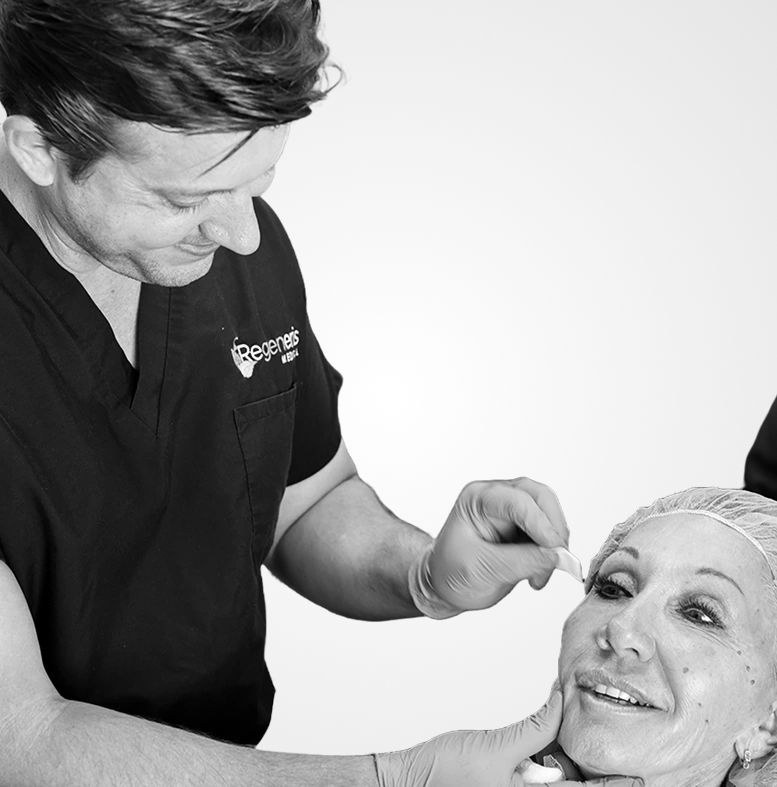


Surgical and non-surgical treatments for vaginal rejuvenation offer different approaches depending on the desired outcome and the extent of tissue changes. Surgical options include procedures like vaginoplasty or labiaplasty, which can reshape the anatomy and tighten the vaginal walls through precise incisions and sutures. In contrast, non-surgical treatments utilize technologies such as radiofrequency or laser therapy to stimulate collagen production and enhance tissue tone, eliminating the need for incisions or downtime. While surgery may provide more dramatic changes, non-surgical options appeal to those seeking subtle enhancement with minimal recovery. The choice between these methods often depends on individual goals and the condition of the vaginal walls.

Recovery after vaginal rejuvenation varies depending on whether the procedure was surgical or non-surgical, but most women can expect a gradual return to comfort and regular activity. Non-surgical treatments typically involve minimal downtime, whereas surgical procedures often require a more extended healing period. Swelling, mild discomfort, or sensitivity in the treated area is common initially, and patients are advised to avoid strenuous activity and sexual intercourse for several weeks. Following all post-procedure instructions is essential to support healing and achieve the desired results. Follow-up visits may be scheduled to monitor progress and ensure the best possible outcome.
Key points about recovery:
Schedule your tummy tuck consultation to explore how this transformative procedure can help you achieve a flatter abdomen and renewed confidence.

